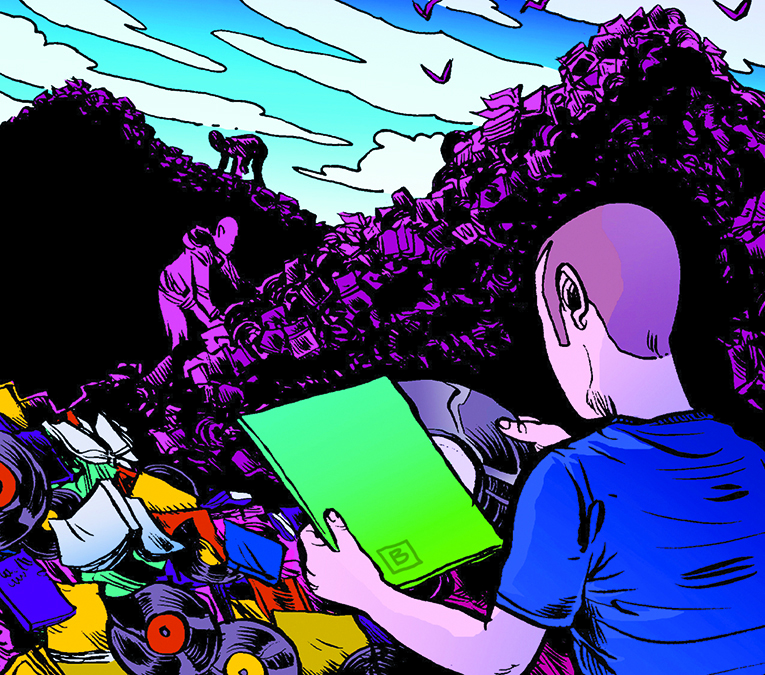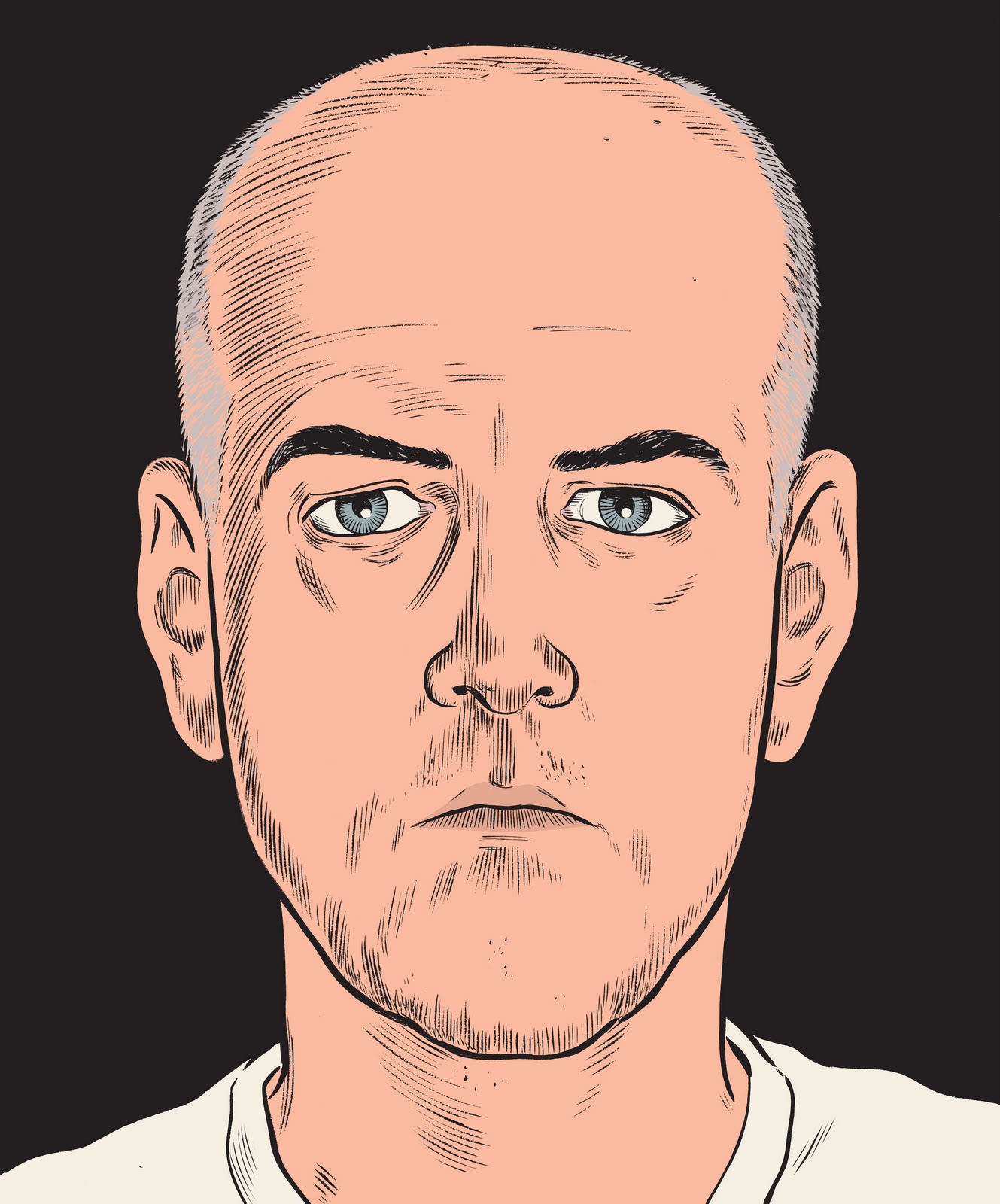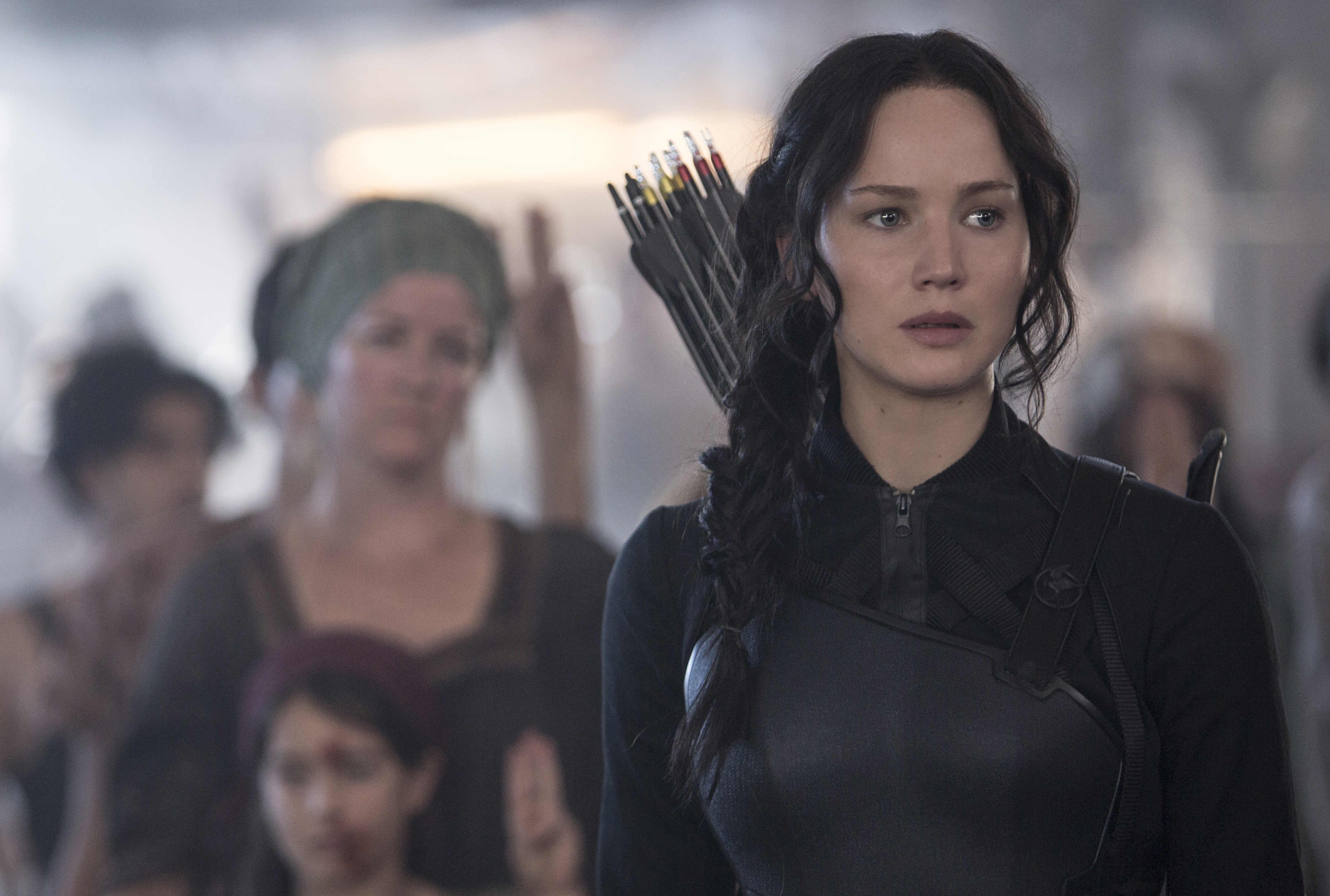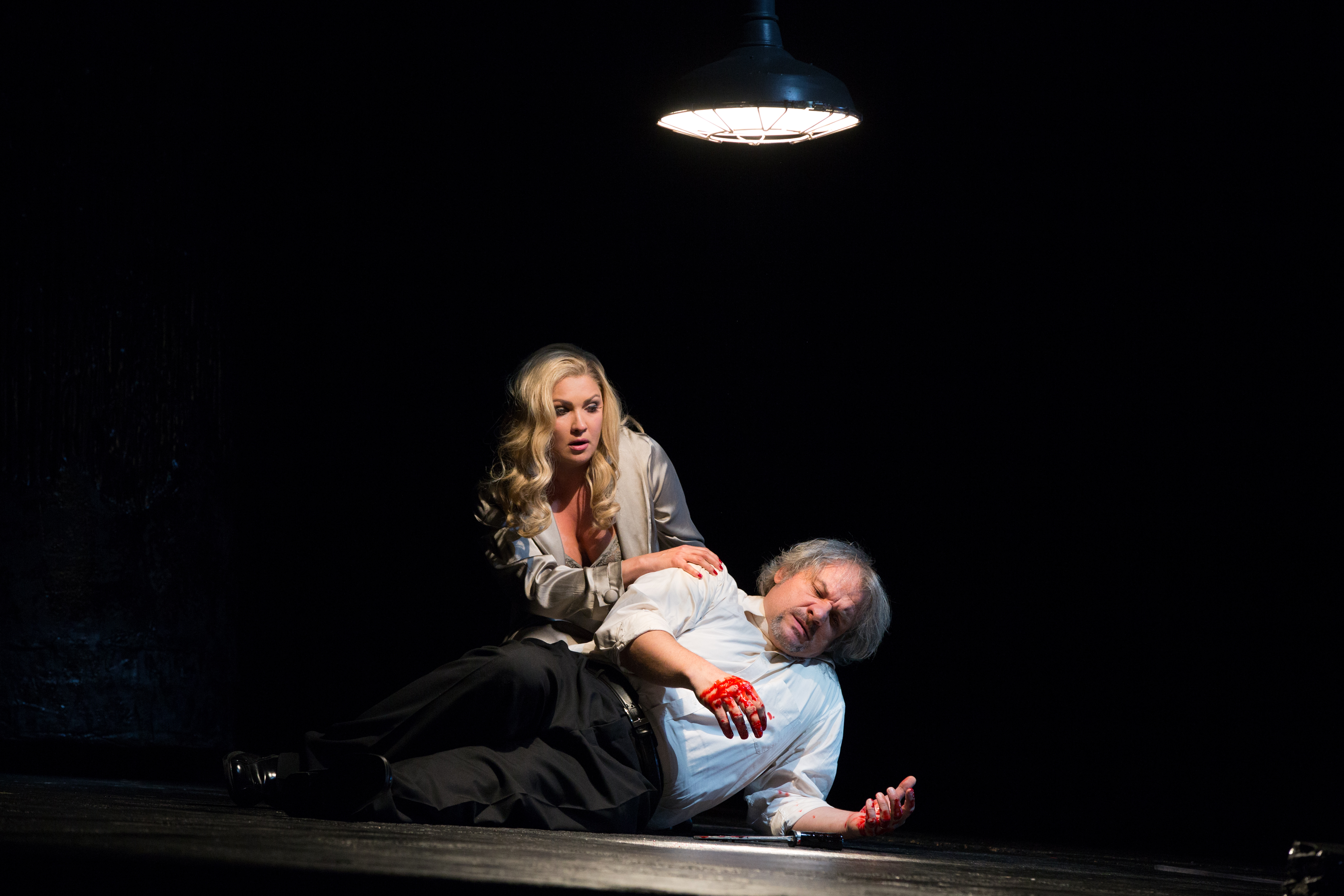Americans didn’t invent cultural imperialismtake a look at how France hypnotized the entire world into thinking that its language, food, and culture were tops for three solid centuriesbut you have to admit that once we got started, we quickly became world champions. It started long before Coca-Cola and McDonald’s, and one of the places it started earliest was right here on little old Puget Sound. The quarter-sized native oyster Ostrea lurida grew bountifully everywhere from southeast Alaska to Baja (before we ate them to near extinction), but that didn’t stop our marketing-savvy forefathers a century ago from forcing the name “Olympia oyster” down everybody’s throat.
Likewise that maritime delicacy of delicacies Cancer magister (“boss crab”)it, too, scuttles happily along the whole of the Pacific coast stroked by the warming waters of the Japan Current, but thanks to those same smart early settlers, wherever you sit down and tie on your bib to enjoy them, they’re known by the name “Dungeness crab.”
Chances are you’ve never been to the little town (what’s left of it) that lent its name to the crab that conquered the world. And you won’t get much closer if you attend the brand-new Dungeness Crab & Seafood Festival next weekend, either, because the John Wayne Marina in Port Angeles is a good 30 miles away. But don’t let that fault of geographic accuracy prevent you from attendance, because this long-overdue tribute to our greatest seafood export offers a rare gustatory opportunity: a chance to eat Dungeness crab until you’re sated, till you can’t look at another shapely claw, until your eyes bubble.
Most of us, one time or another, have groused about the high price of Dungeness crab. That’s because we don’t realize how insanely lucky we are to live right next door to their richest breeding ground, because compared to Cancer magister, most of the world’s other crab varieties are paltry things, both in size and flavor. (Alaska’s king and snow crabs can give the Dungeness a run for its money, but until someone figures out how to get them to our markets alive and kicking, their intrinsic culinary quality doesn’t much matter.)
The brainchild of Port Angeles restaurateur Neil Conklin and festival promoter Scott Nagel (who shepherded Seattle’s Folklife for many successful and happy years), the Crab & Seafood Festival is also enthusiastically backed by the local chamber of commerce, other businesses, and the Jamestown S’Klallam and Lower Elwha Klallam tribes. For good reason: P.A., as the locals call it, is a nice little town, not too touristy, but with lots of nice spots to visit and places to eat. But its location, more than halfway from Pugetopolis to the desolate farthest northwest corner of the continental U.S., severely isolates it moneyed-traveler-wise.
The Crab Fest, if it catches on as an annual event, could change that decisively, at least one weekend a year. Because crab eating is so labor-intensive, one often feels as hungry after polishing one off as before one began. The festival’s daily Dungeness Community Crab Feed Dinner served from 10 a.m. to 7 p.m. both Saturday and Sunday features a whole crab (chilled or fresh-steamed) per diner plus obbligato corn and coleslaw for $19, but that’s just the beginning of the orgy.
Crab, of course, dominates the bill of fare contrived by some of the Peninsula’s most notable chefsa “crab tower,” crab bisque, crab wontons, crab bruschetta, even crab cookies and crab strudel are also featuredbut between portions of crab, visitors will be able to clear their palates with steamed mussels, grilled oysters, prawn satay, teriyaki salmon, shrimp cocktail, and a symphony of sides, all at $2 to $7 per item. The Peninsula’s craft wineries will take time off from the harvest to cater seafood-friendly wines to accompany the bounty.
Should eating begin to pall, there’s crab-related exercise to be had. Before the festival begins, 500 tagged live crab will be “seeded” in Port Angeles harbor; for $5 (and your crabber’s day-license fee) you and yours can go fishin’ for crab (and a chance to win a gas-guzzler).
If you’re less aquatically oriented, there are maritime exhibits and cooking workshops, including one on how to cook and clean crabit’s easy when you know how. Most important of all, you’ll learn why you should never, never buy crab from a roadside tailgatenot, at least, until you can tell a male from a female crab at a casual glance. (Catching females is strengstens verboten, but crab poachers don’t care.)
The Puget Sound region is long overdue for an areawide celebration of something worth celebrating. Maybe one day, slurping oysters and nibbling crab claws will replace listening (voluntarily or otherwise) to deafening noise aloft and afloat as the holiday high point of our region. It can’t come too soon for me.
The Dungeness Crab & Seafood Festival
John Wayne Marina, PORT ANGELES Sat., Oct. 11Sun., Oct. 12 For a full schedule of events, go to www.crabfestival.org or call 360-457-6110
For useful lore about Cancer magister: www.dungeness.com/crab/index.htm







